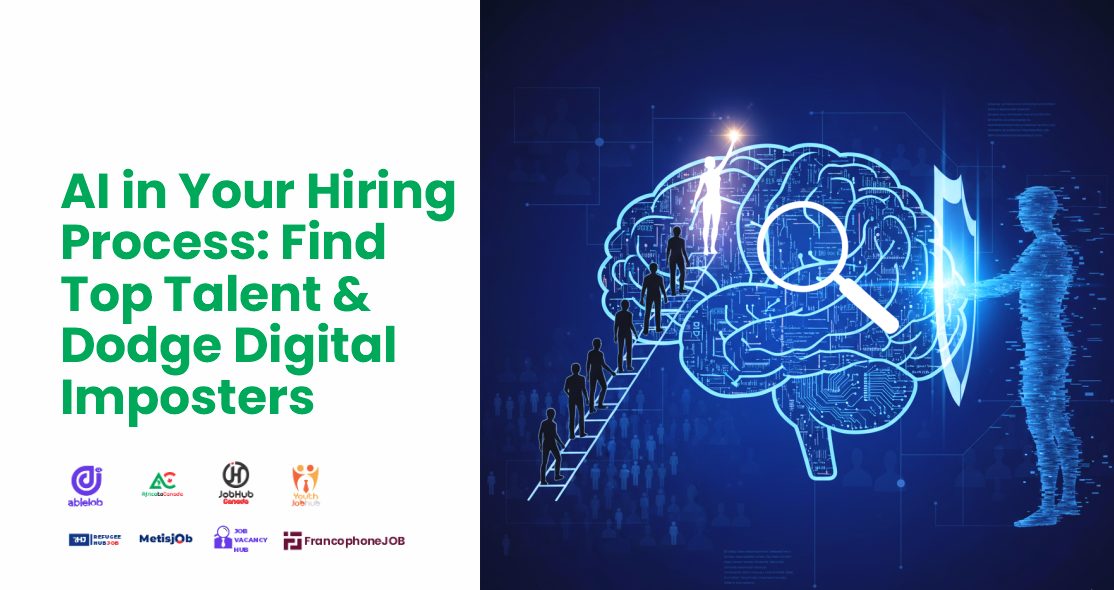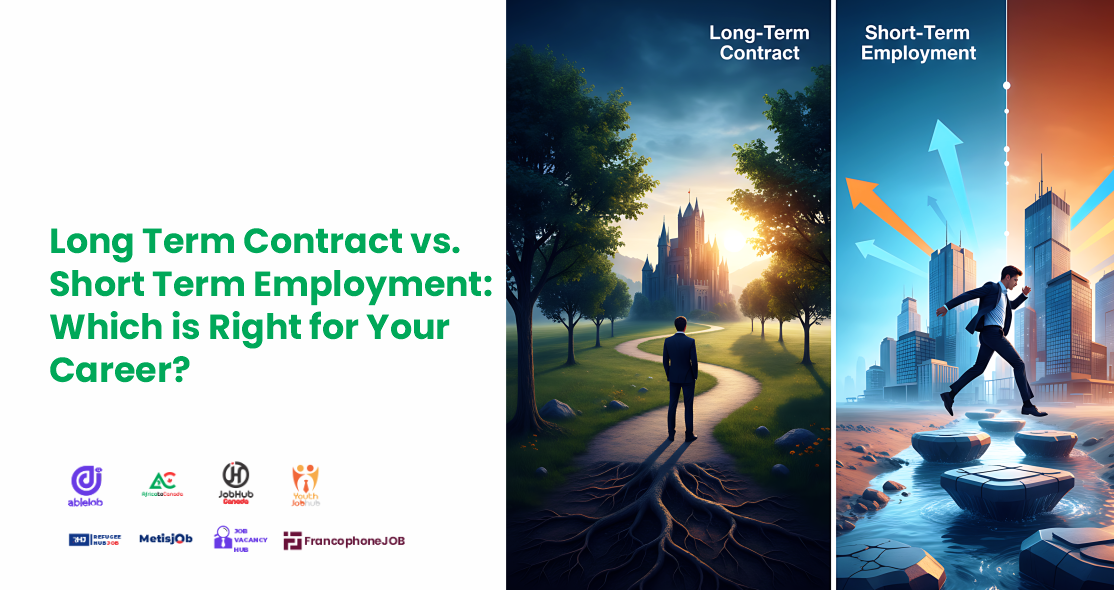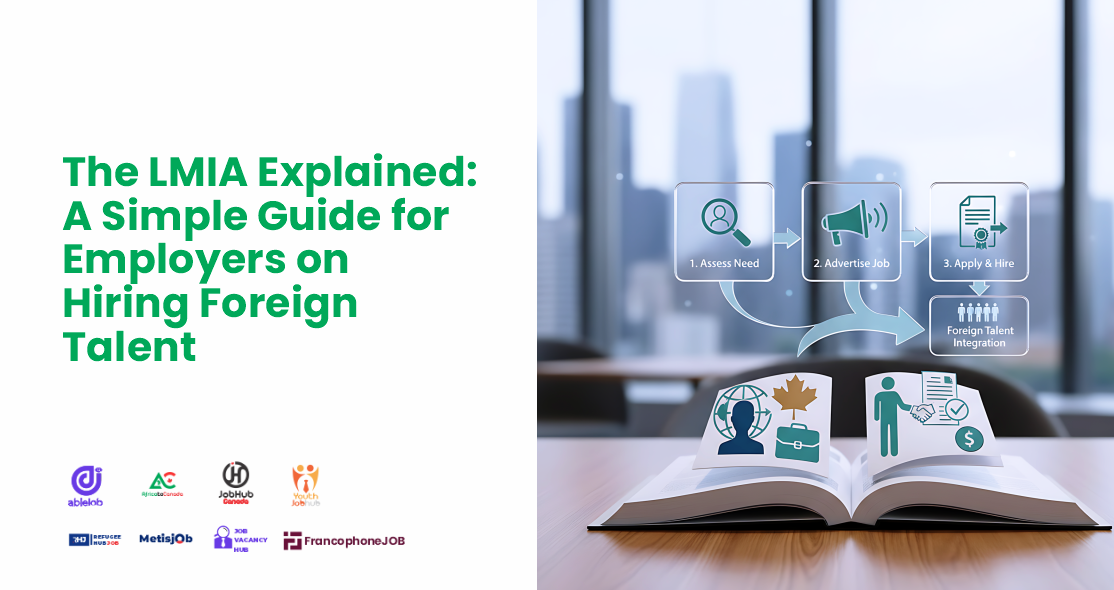November 04, 2025

The landscape of hiring is changing at lightning speed, and Artificial Intelligence (AI) is at the forefront. For businesses looking to scale efficiently, AI offers powerful tools to identify and attract top talent. However, it also brings new challenges, particularly the rise of AI-generated fake applications and even deepfake candidates.
This guide will show you how to leverage AI to supercharge your hiring while providing essential strategies to protect your process from digital deception.
Forget endless hours sifting through resumes. AI is here to automate the tedious tasks, empowering your team to focus on human connection and critical assessment.
Smarter Sourcing and Matching: AI-powered platforms can scan millions of public profiles across professional networks, identifying passive candidates who perfectly match your criteria, even if they aren't actively job searching. These tools go beyond keywords, understanding the context and nuances of experience to find hidden gems.
Intelligent Resume Screening: Your Applicant Tracking System (ATS), often AI enhanced, can now read and score hundreds of resumes in seconds. It ranks candidates based on their alignment with your job description, instantly surfacing the most qualified applicants and saving countless hours of manual review.
Bias-Free Job Descriptions: Tools exist that analyze your job postings for language that might unintentionally deter diverse candidates. They suggest inclusive wording, helping you attract a wider and more representative talent pool from the outset.
24/7 Candidate Engagement: AI chatbots can transform your careers page into an always-on information hub. They answer common candidate questions, prescreen applicants with basic criteria, and even schedule interviews, ensuring candidates receive immediate attention and support.
Objective Skills Assessments: AI platforms can administer job-specific skills tests, verifying a candidate's actual capabilities rather than just relying on self-reported skills. This is invaluable for technical roles where practical ability is paramount.
Best Practice: Always keep a "human in the loop." AI should augment, not replace, human judgment. Use it to suggest never to auto-reject without human review.
The same AI tools that help you can also be used by deceptive candidates. Knowing how to spot AI-generated content is crucial.
AI-Generated Resumes and Cover Letters:
Perfection Without Personality: Look for flawless grammar and spelling, but a distinct lack of personal anecdotes, specific project details, or unique phrasing. The language often sounds generic and full of corporate jargon.
Too Perfect Keyword Matching: The document might mirror your job description too closely, incorporating every keyword without offering additional insight or depth.
Vague Accomplishments: Claims like "Increased efficiency" or "Improved team performance" without concrete numbers or specific actions are red flags.
AI-Powered Interview Fakes (Deepfakes): These are more insidious, involving manipulated video or audio during virtual interviews.
Unnatural Responses: Answers might be too rehearsed or have a slight, unnatural delay as if being processed.
Visual Glitches: Watch for strange blinking patterns, poor lip sync, a slightly blurred outline around the head, or stiff, robotic movements. Deepfakes often struggle with spontaneous, natural actions.
Inconsistencies: Cross-reference information. Does their resume align perfectly with their LinkedIn? Do their answers on the call contradict written statements?
Your Defensive Playbook:
Ask for Spontaneous Action: During a video call, request the candidate to perform a simple, live action that a deepfake cannot replicate (e.g., "Please hold up your ID to the camera," or "Can you quickly write your name on a piece of paper and show it?").
Use Behavioral Questions: AI struggles with personal, "tell me about a time when..." questions. Ask for specific examples and delve into the "how" and "why."
Go Off Script: Ask unexpected, informal questions that require genuine, unscripted thought.
Verify References: This traditional step remains one of your strongest defenses against all forms of deception.
AI is a powerful ally in the search for talent, but like any powerful tool, it requires awareness and vigilance. By understanding its capabilities and its potential for misuse, you can build a robust, efficient, and secure hiring process.




